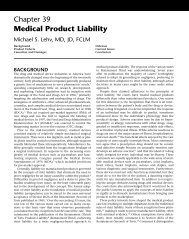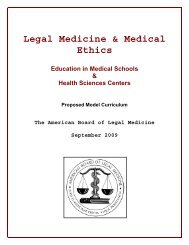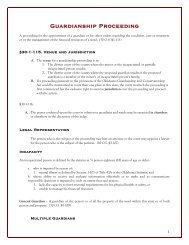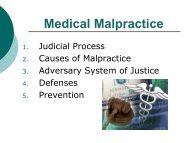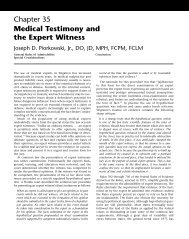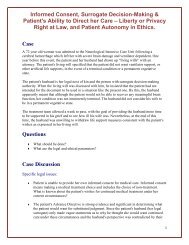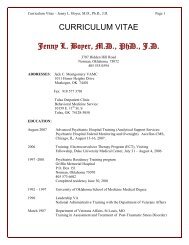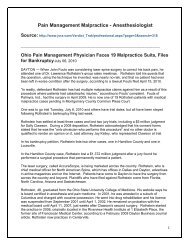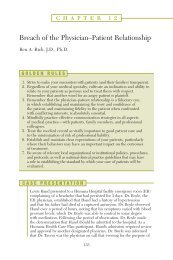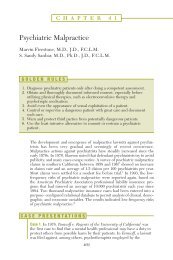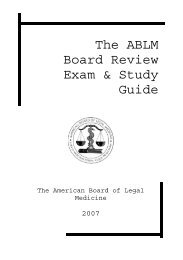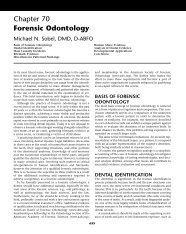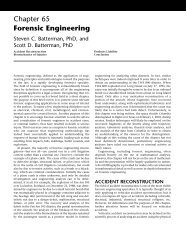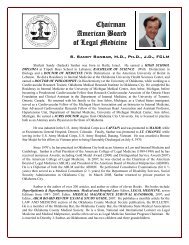Pain management in infants and children
Pain management in infants and children
Pain management in infants and children
Create successful ePaper yourself
Turn your PDF publications into a flip-book with our unique Google optimized e-Paper software.
• Developmentally appropriate non-pharmacological<br />
<strong>in</strong>terventions:<br />
• Swaddl<strong>in</strong>g/facilitated tuck<strong>in</strong>g before, dur<strong>in</strong>g <strong>and</strong> after<br />
procedure<br />
• Alternative distraction (music, light, conversation)<br />
• Pacifier dur<strong>in</strong>g <strong>and</strong> after procedure<br />
• Assist<strong>in</strong>g with h<strong>and</strong>-to-mouth<br />
• Tactile stimulation <strong>and</strong> massage therapy<br />
• Position<strong>in</strong>g with proper flexion <strong>and</strong> midl<strong>in</strong>e orientation<br />
• Cuddl<strong>in</strong>g, hold<strong>in</strong>g <strong>in</strong> upright position<br />
• Decreased environmental stimulation: light <strong>and</strong> noise<br />
• Deceased h<strong>and</strong>l<strong>in</strong>g, <strong>in</strong>creased rest periods between<br />
procedures<br />
• Rhythmic activities: strok<strong>in</strong>g, patt<strong>in</strong>g, rock<strong>in</strong>g<br />
Non-Pharmacological <strong>Pa<strong>in</strong></strong> Management



